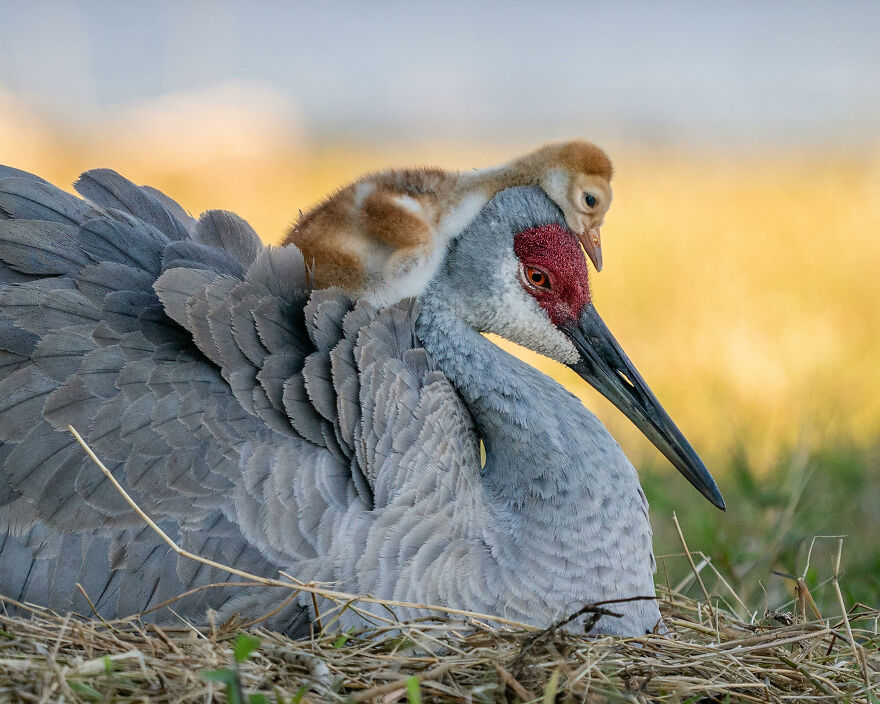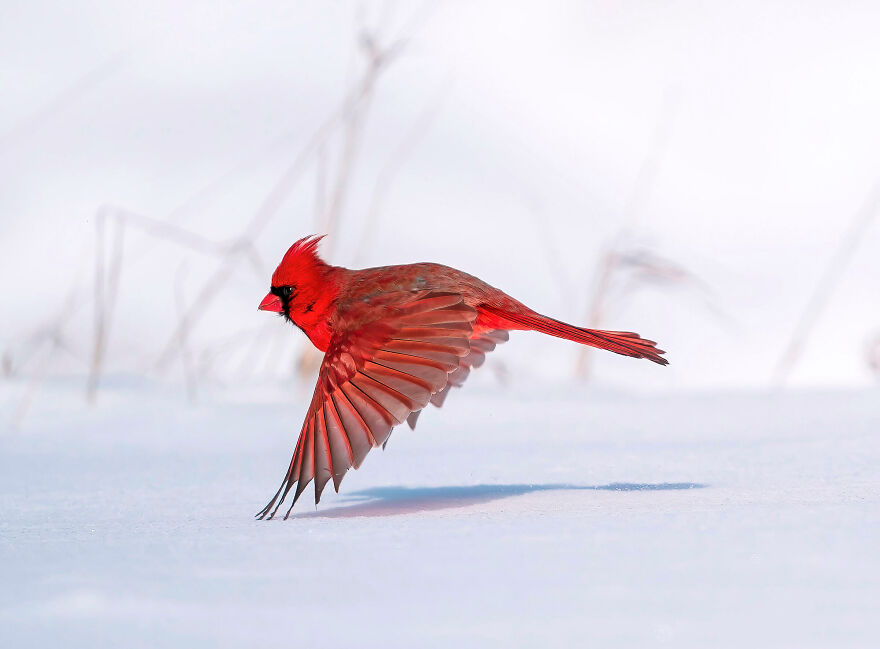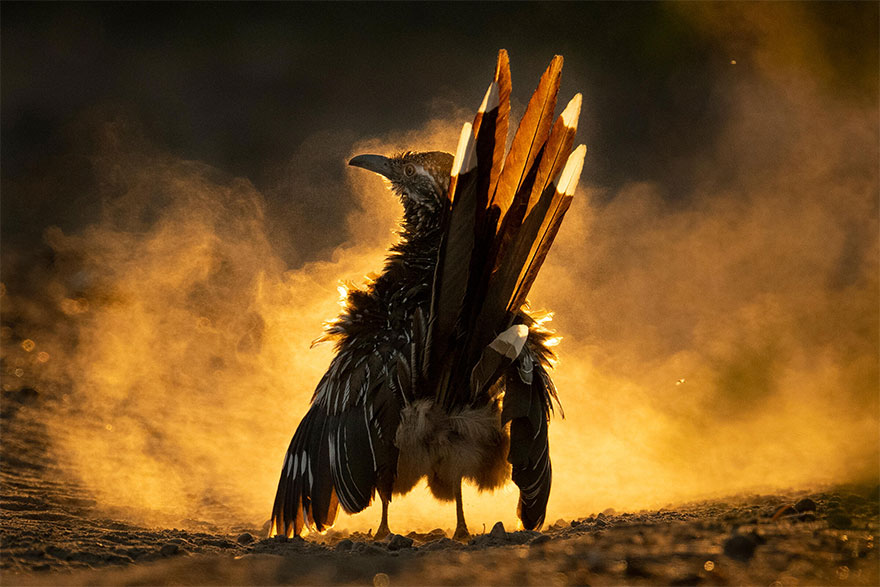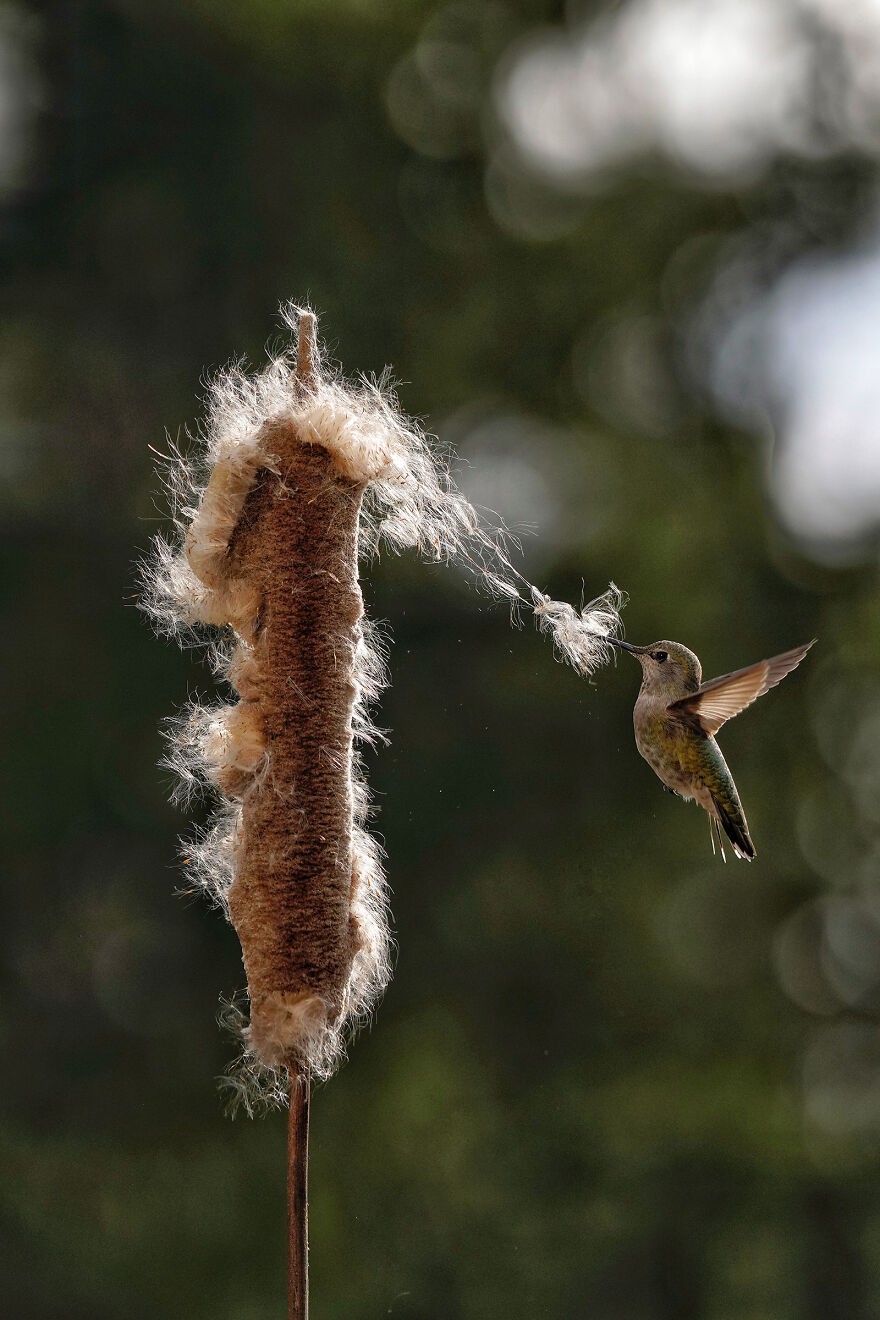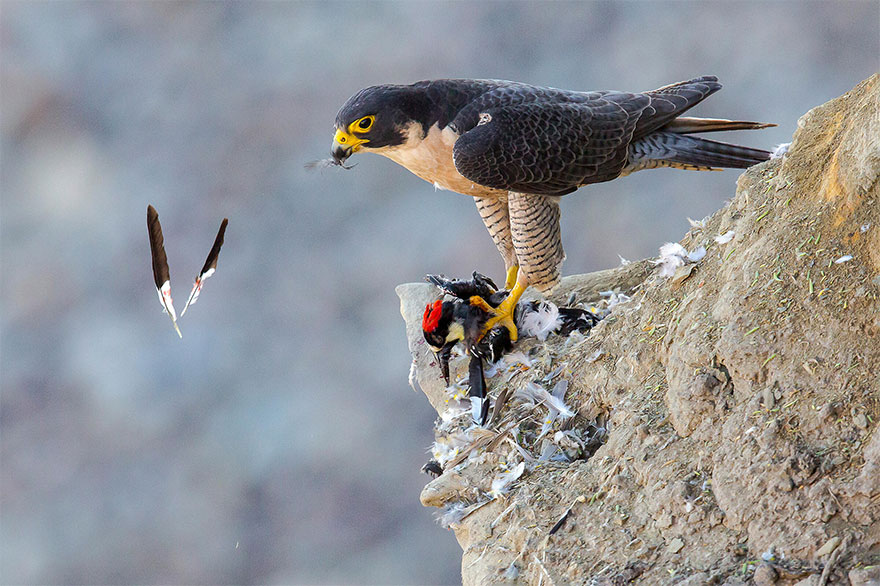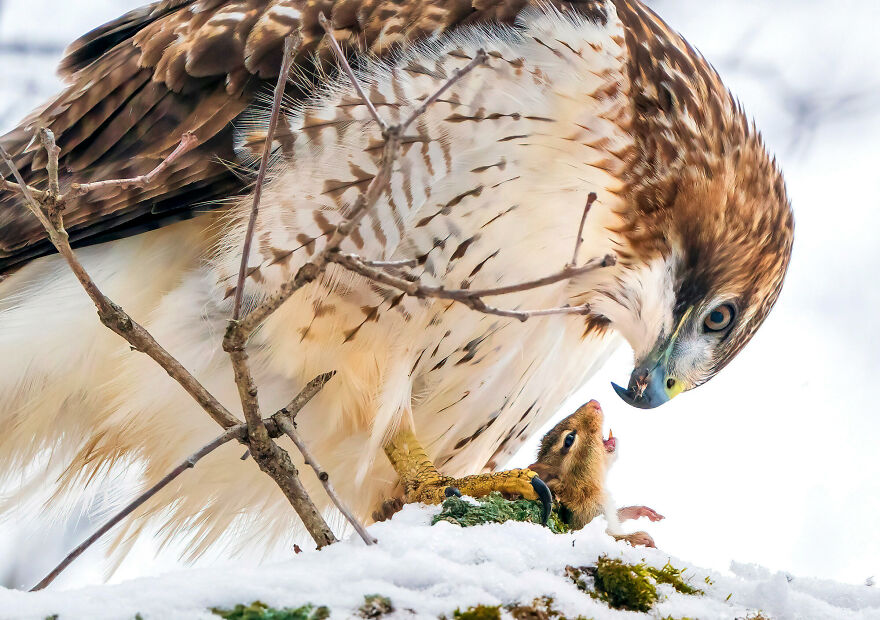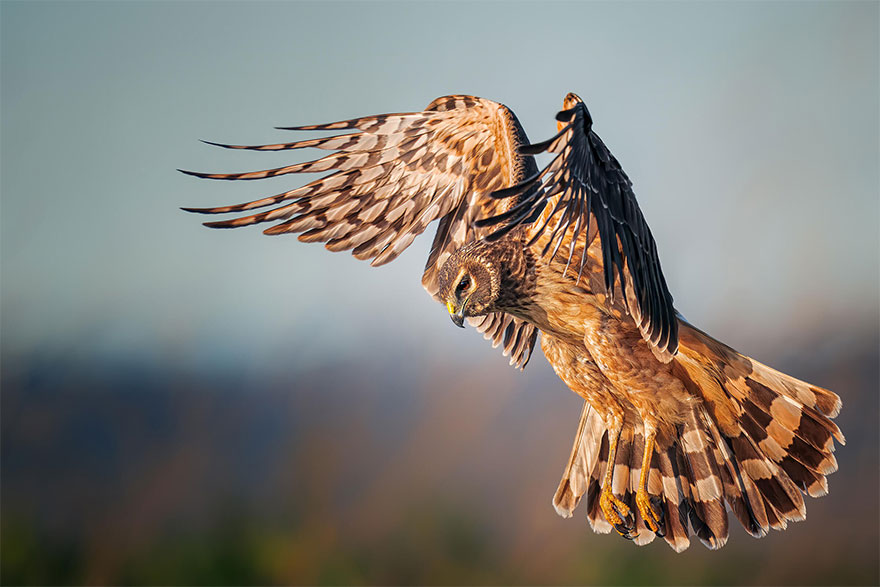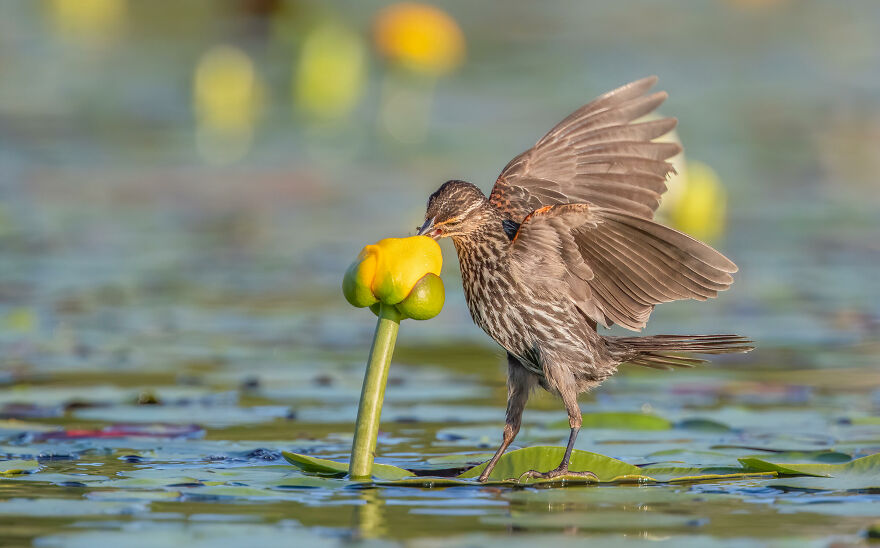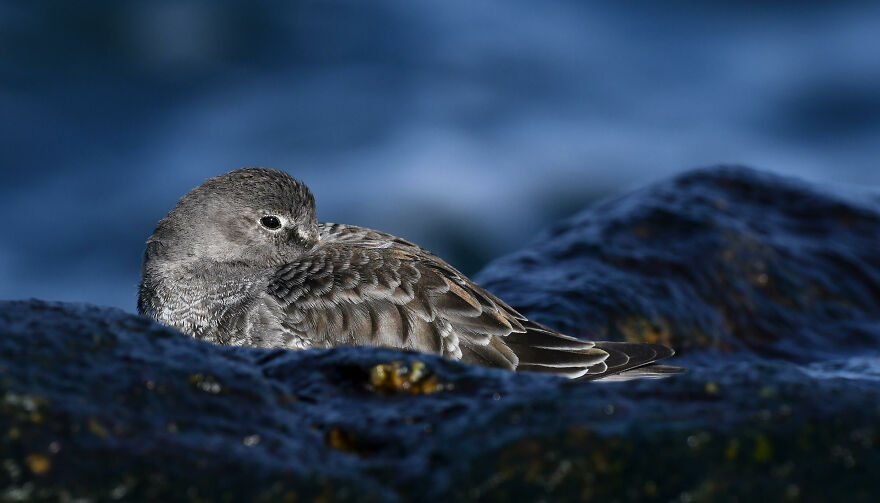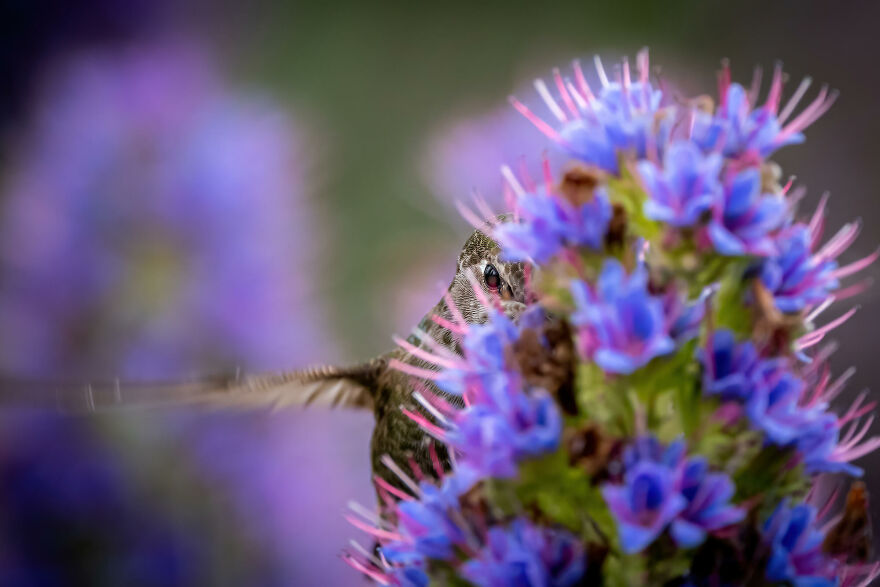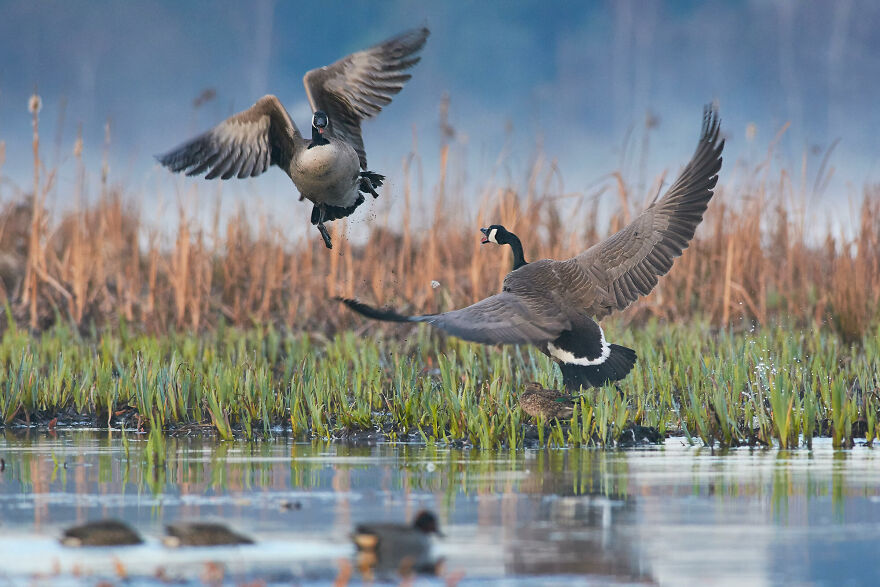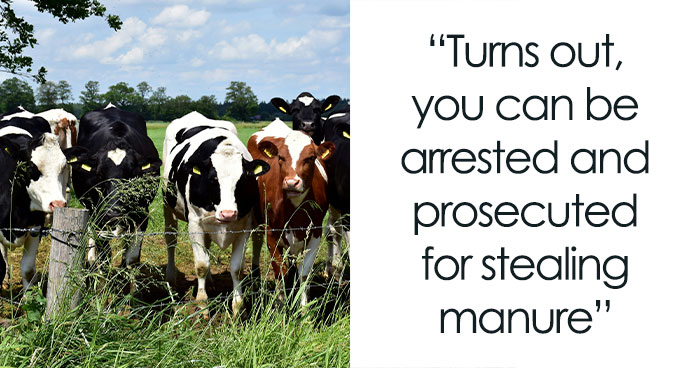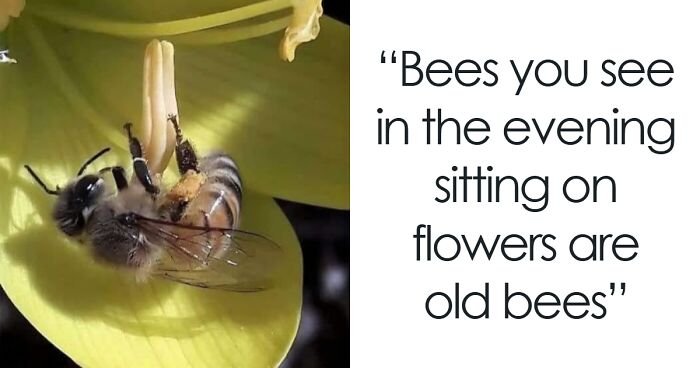
8Kviews
Here Are The 11 Winners Of The Prestigious 2021 Audubon Bird Photography Contest
Each year the National Audubon Society, an American non-profit organization dedicated to bird protection and environmental conservation, hosts the Audubon Photography Awards, and they have recently announced their winners and honorable mentions of 2021. This year's Grand Prize winner is Caroline Fraser with her captivating and magical photo of the greater roadrunner captured in Texas. Though Caroline's photo is truly amazing, other nominated photos were no worse, and Steven Jessmore's picture of the northern cardinal was my personal favorite. Anyhow, check it out and enjoy! I'm certain you too will find a favorite or learn some interesting lore about bird species shown here. And also, if you want to see last year's winners, here's a post from a year ago.
More info: audubon.org
This post may include affiliate links.
Amateur Award Winner: Robin Ulery
Species: Sandhill Crane
Location: Johns Lake, Winter Garden, Florida
Story Behind the Shot: For three years I’ve watched a pair of Sandhill Cranes that nest near my house, observing and photographing them from my kayak. On a blustery day this spring, I took my camera and paddled out to check on them. Two colts had finally hatched. The wind, though, made for a challenging photo shoot. There was no solid land to anchor to, and I bounced up and down, sometimes missing the birds completely. So I increased my shutter speed and ISO to compensate. Capturing this scene under those conditions felt like a once-in-a-lifetime moment.
Bird Lore: Sandhill Cranes have long childhoods. The youngsters—called “colts” for their long-legged, awkward look—learn to fly after about two months, but then stay with their parents for another seven or eight months, until the following spring. When cranes are very young, like the one in this portrait, they spend much of their time in physical contact with one of their parents, nestled under a wing or among the feathers of their back.
This is fabulous, simply excellent, and considering the difficult weather, great shot !!!
Professional Award Winner: Steve Jessmore
Species: Northern Cardinal
Location: Rural Muskegon County, Michigan
Story Behind the Shot: On a bitterly cold winter day I went searching for eagles and Snowy Owls in rural Michigan. Cruising side roads, I noticed a Rough-legged Hawk perched atop a pine tree, but all I captured was its tail as it flew away. It was then that I spotted a male Northern Cardinal flying from plant to plant, feeding on the seeds, his red feathers reflected in the bright white snow flecked with ice crystals. I took the first shot when he took flight. By the second frame, the striking songbird was gone.
Bird Lore: Our familiar redbird is called “Northern” Cardinal to distinguish it from other cardinals in the tropics. Within our borders, it is most numerous toward the south. Seven U.S. states have chosen it as their official state bird, but curiously, none of those is in the Deep South. It may be that cardinals are most popular where people can enjoy the stunning sight of the brilliant red males against winter snow.
Lover of Cardinals! Many here in the Atlanta area, super super photo!!
Grand Prize: Carolina Fraser
Species: Greater Roadrunner
Location: Los Novios Ranch, Cotulla, Texas
Story Behind the Shot: One of my favorite places to take photographs is among the oil pumps and open space at Los Novios Ranch in South Texas, where wildlife weaves through cacti and birds perch on fence posts. On a blazing hot summer day just before sunset, I found myself lying facedown at an uncomfortable angle, my elbows digging into a gravel path as I photographed this roadrunner. I manually adjusted the white balance until I captured the bird bathed in golden sunlight as it took a dust bath.
Bird Lore: An icon of the southwest, the Greater Roadrunner is uniquely adapted for living on the ground in dry country. It can run considerable distances at 20 miles per hour and derive the moisture it needs from lizards, rodents, and other prey. When water is available, it drinks readily, but it seldom if ever uses water for bathing. Instead, frequent dust baths are the rule for roadrunners, along with sunbathing on cool mornings.
Road Runner, the coyote's after you......Road Runner, if he catches you you're through!
Plants For Birds Honorable Mention: Karen Boyer Guyton
Species: Anna’s Hummingbird
Location: Quilcene, Washington
Story Behind the Shot: Here in western Washington, Anna’s Hummingbirds are year-round residents. In spring females collect nesting material. Because I have some mobility issues, I do a great deal of my photography right outside my door. Getting the right lighting is always a bit tricky, and timing the hummingbirds’ visits to my patio is always a guess, so I’ve become very patient and observant. One of my favorite subjects is the Anna’s as they collect cattail fluff. I find this hummingbird shows a certain elegance as she gently tugs the seed fibers from the cattail.
Bird Lore: Hummingbird nests are amazing structures: tiny, strong but flexible, capable of stretching as the baby birds grow. To build them, females must seek out the most delicate materials in nature—like spider webs and plant down—to form the felted walls of the nest. As the heads of cattails begin to disintegrate to disperse their seeds to the wind, they make a perfect source for the kind of light fluff that the hummingbirds need.
Amateur Honorable Mention: Tom Ingram
Species: Peregrine Falcon
Location: La Jolla Cove, California
Story Behind the Shot: I had heard that a pair of Peregrine Falcons had built a nest near a cliffside hiking trail in La Jolla, so on a spring day I set off with the hopes of photographing them. As I walked, the raptors made screea calls and circled above. I stopped along the trail and watched a bird that had snatched an Acorn Woodpecker, commonly found in the palm trees nearby. The raptor landed on a ledge littered with feathers from past kills and began plucking the woodpecker, the feathers fluttering over the cliff’s edge as it prepared its meal.
Bird Lore: Masters of the air, Peregrine Falcons are capable of capturing or killing practically any bird, from rapid fliers like swifts to geese larger than themselves. Peregrines are most famous for spectacular dives from great heights, plunging at speeds up to 200 miles per hour to strike prey out of the air, but they have other hunting methods. These falcons are likely to take a bird like a woodpecker in a short, powerful burst of level flight.
Professional Honorable Mention: Steve Jessmore
Species: Red-tailed Hawk
Location: Kensington Metropark, Milford Township, Michigan
Story Behind the Shot: I was hiking on a snowy, dark winter afternoon with a new camera and lens combination when a friend spotted a female Red-tailed Hawk. She flew out of sight, but we found her nearby jumping and grabbing leaves, trying to get her missed prey to reappear. When an eastern chipmunk ran from beneath the debris a few minutes later, the hawk quickly caught it and carried it to a tree. It was incredible to see that connection between predator and prey—one that I don’t usually get to share in a wildlife photo.
Bird Lore: The most widespread of the soaring hawks in North America, the Red-tail also has the most generalized diet: At any given place and time, it hunts whatever prey animals are most readily available. It may focus on squirrels or rats in city parks, snakes in high desert regions, or jackrabbits on sagebrush flats. Chipmunks are common prey in some places; even though they provide only a small meal, they’re relatively easy to capture.
Female Bird Prize: Elizabeth Yicheng Shen
Species: Northern Harrier
Location: Coyote Hills Regional Park, Fremont, California
Story Behind the Shot: I was waiting for Fernando the Chilean Flamingo to wake up from his afternoon nap. People have reported seeing the lone flamingo in the park since 2010, so I went out to photograph him. A commotion from the nearby water, where a Great Blue Heron stalked prey and a few gulls rested, attracted my attention. A Northern Harrier had come out of nowhere to hunt. I quickly adjusted my camera settings so I could get her owl-like face. This kind of unexpected encounter is why I always carry my camera when I venture into nature.
Bird Lore: Northern Harriers hunt by gliding low over open marshes and fields, watching and listening for prey. When the slender raptors detect a small mammal or bird, they abruptly turn, hover briefly, and then drop. Even an experienced adult may succeed in making the catch only about one-third of the time. Young harriers—like this juvenile, which is identifiable as a female by her brown eyes—may have a much lower success rate at first, but their skills improve with practice.
Plants For Birds Award Winner: Shirley Donald
Species: Red-winged Blackbird
Location: Blue Sea, Quebec, Canada
Story Behind the Shot: On an early July morning, I peeled the camouflage tarp off my canoe hidden in the marsh grasses along the edge of a small lake and stepped in, careful not to tip over. Paddling out amid the water lilies, I saw male Red-winged Blackbirds pluck dragonflies from the air to feed their nestlings. Females took a different tack: They hopped from lily pad to lily pad, plucking out insects inside the yellow and white flowers. I steadied my camera by setting it on my equipment bag, which was sitting on the floor, and shot away.
Bird Lore: In summer North American marshes come alive with Red-winged Blackbirds. Males are conspicuous as they sing and defend territories, while the more cryptically colored females do most of the actual work of raising young. This female, seeking food for her nestlings, employs a technique called “gaping.” Sticking her bill into the closed bloom of the water lily, she then opens her bill wide to spread the flower open, exposing insects hiding inside.
Youth Award Winner: Arav Karighattam
Species: Purple Sandpiper
Location: Rockport, Massachusetts
Story Behind the Shot: I was searching for eiders, scoters, and other diving ducks along the Atlantic coast on a cold February day. Suddenly a Purple Sandpiper flock landed right next to me. The birds fed, chatted, chirped, and chased each other, occasionally fluttering up when the waves washed over the shore. As the weather turned gustier, the sandpipers preened and settled down amid the rocks. I lay down flat, close to the water’s edge. I positioned my camera, resting it on a rock, and focused on one of the Arctic visitors, the purple in its feathers highlighted by the morning sun.
Bird Lore: No other members of the sandpiper family have such a northerly range, on a year-round basis, as Purple Sandpipers. These tough birds thrive in the harshest conditions. From their Arctic breeding grounds, they drift south in late fall to places where icy ocean waves crash violently onto coastal rocks. The sandpipers are perfectly at home in this turbulent scene, clambering about to seek tiny crustaceans and even sleeping peacefully among the boulders.
I know this beauty is on rocks but it looks like she's riding a wave - Gorgeous!
Fisher Prize: Patrick Coughlin
Species: Anna’s Hummingbird
Location: Claremont Canyon Regional Preserve, Berkeley, California
Story Behind the Shot: For me, photographing feeding hummingbirds is a near-perfect combination of challenge and reward. In the spring, Anna’s, Allen’s, Rufous, Costa’s, and Calliope Hummingbirds—many of them adult males with glittering gorgets—sip nectar from purple pride of Madeira flowers in this preserve. When I looked through the photographs that I shot one spring day, this image of a relatively unassuming female, a juvenile Anna’s Hummingbird, immediately grabbed my attention. Though most of the bird is obscured by blooms, I caught that momentary flicker of eye contact through the petals.
Bird Lore: Hummingbirds are often described as preferring to feed at red tubular flowers. While many such flowers may have evolved specifically to be pollinated by hummingbirds, that does not mean the birds ignore other kinds. Anna’s Hummingbird, present year-round in most of its range, must adapt to whatever blooms are available. It quickly learns which flowers are providing nectar at a given time and will focus on those, regardless of color or shape.
Youth Honorable Mention: Josiah Launstein
Species: Canada Goose
Location: Burnaby Lake, Burnaby, British Columbia, Canada
Story Behind the Shot: I was photographing Green-winged Teal when one extremely territorial Canada Goose charged another goose that attempted to land in the area. I positioned myself at the edge of the water and watched for signs of its next onslaught, taking a short sequence of pictures as the goose launched itself from the water to fend off the intruder. I was happy that some Green-winged Teal swam into the scene, their quiet feeding a marked contrast to the goose’s dramatic behavior. I guess the goose was determined to keep its corner of the wetlands all to itself.
Bird Lore: Canada Geese can be very aggressive, as many a person has discovered by getting too close to a nest. Their instinct to defend their territory is intense during the breeding season, when pairs actively drive away their own kind as well as other large intruders. Winter flocks are usually more peaceful. But as spring approaches, even a lone bird may shift into territorial mode and begin chasing away other geese.
Where I live in the country every spring when you take a turn onto a particular road, in the spring, without fail is this male Canada Goose will greet you guarding the nest. This guy just won't quit and he's not afraid of anything. Not even a car. He stands his ground and there is often a couple of cars stopped because you can't get past him. Of course you better not get out to try to chase him away. The only thing you'll get out of that may be a broken arm. Thats how hard they come at you. But this year he wasn't there.☹ I wonder what happened. Nothing bad i hope.
It is so nice to see the birds that we can't, because they are not in our areas. Nature is so magnificent we are lucky to have these nature photographers to show us the nature we will probably never see.. Thank you so much!
So go support them instead of this site- that takes their photos, puts them up, and makes ad revenue from it, while the actual photographers get nothing.
Load More Replies...A wonderful post, I love all wildlife, to see these great shots, I know I won't ever, get shots this awesome, so to see such perfection, and the beauty, is a pleasure for me !!!
It is so nice to see the birds that we can't, because they are not in our areas. Nature is so magnificent we are lucky to have these nature photographers to show us the nature we will probably never see.. Thank you so much!
So go support them instead of this site- that takes their photos, puts them up, and makes ad revenue from it, while the actual photographers get nothing.
Load More Replies...A wonderful post, I love all wildlife, to see these great shots, I know I won't ever, get shots this awesome, so to see such perfection, and the beauty, is a pleasure for me !!!

 Dark Mode
Dark Mode 

 No fees, cancel anytime
No fees, cancel anytime 


